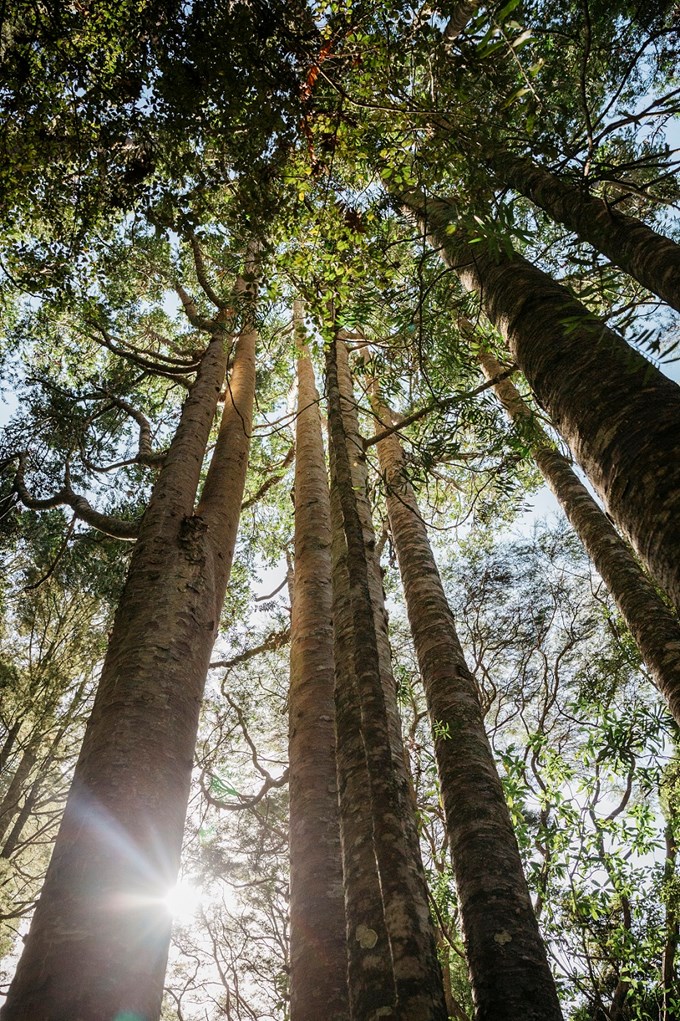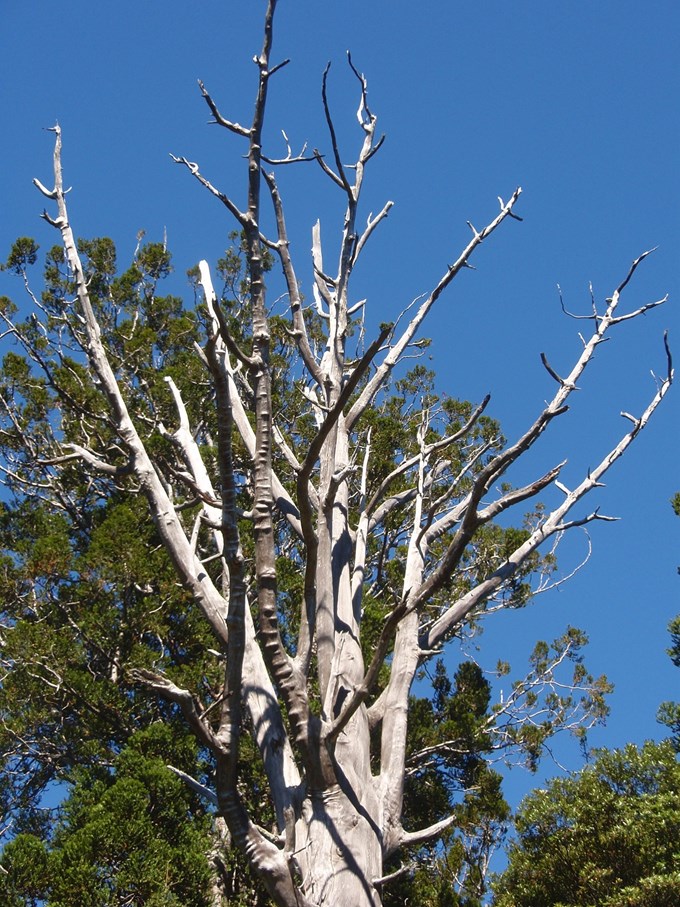Innovate Auckland, an Auckland Council collective, is trialling a new tool to protect our forests and parks from kauri dieback.
The team at Innovate Auckland have been working closely with park rangers at Waitakere Regional Park to test out new sensor technology.
The sensor monitors the number of visitors to open tracks, as well as the amount of trigene (the fluid used for decontaminating shoes and trekking gear) available at cleaning stations.
The data collected by the sensor is then sent off to the ranger team at regular intervals for analysis.
Western Principal Ranger Stephen Bell is pleased with the motivation shown by Innovate Auckland to collaborate on this urgent issue.
“The responsiveness and enthusiasm to find a solution have been great,” he says.
The sensor itself is battery-operated and uses two detectors to identify whether a person is entering or leaving a track.
It also gives rangers updates on the amount of trigene left in the tanks at disinfection stations - avoiding the risk of empty tanks allowing walkers to accidentally spread dieback throughout the forest.
The sensor should help to create a more efficient system and could be instrumental in the prevention of the further spread of dieback.
Data provided in the first round of testing from the Lower Loop Track at Waitakere Regional Park reveals high visitor numbers. As of 17 June, 1285 visitors were counted over a 31-day period.
The project is partially funded by the Council budget and $5000 of funding from the Natural Environment Targeted Rate was provided by Auckland Council. Innovate Auckland is working to secure further funding.
Auckland Council’s Head of Innovation, Matt Montgomery says technology-based solutions are an increasingly important part of the council’s efforts to preserve Auckland’s environment.
“Technology allows us to do more with less, and data helps us make better decisions to get better outcomes.
"These new sensors provide data that allows us to be better informed, to monitor better and make sure the interventions we’re taking to combat kauri dieback are the right interventions.
“Technology is helping us already to be more efficient by automating physical and time-consuming activity. The potential of new technology is exciting and will make our future sustainability initiatives even easier.”



